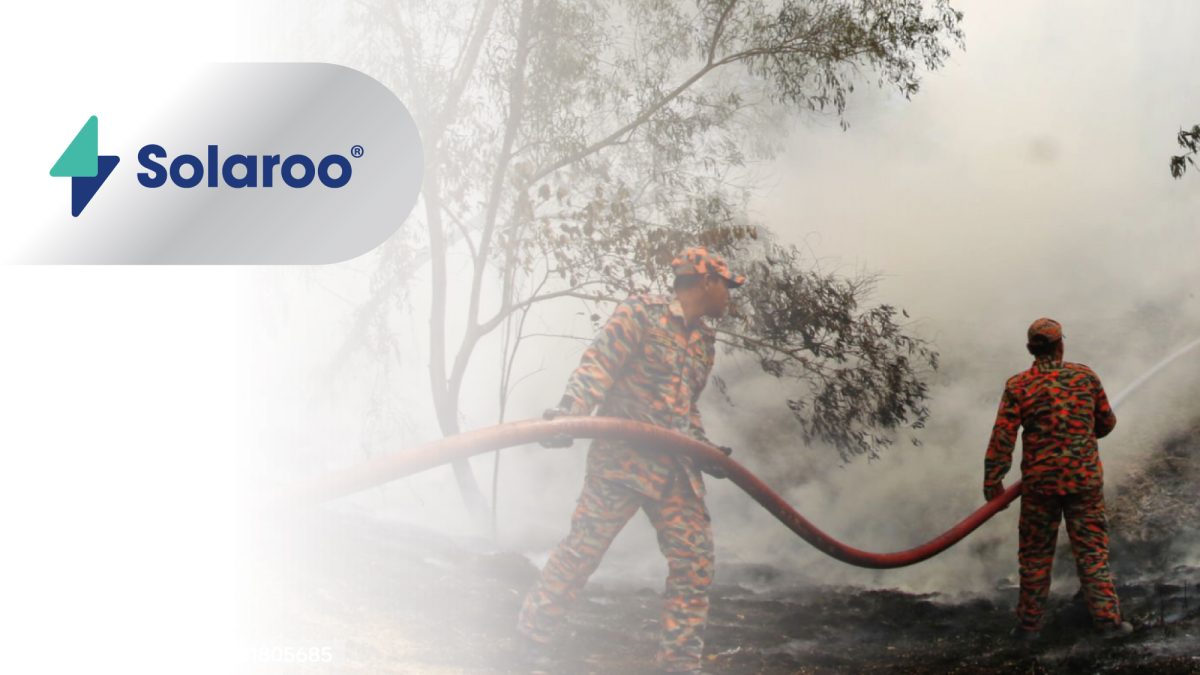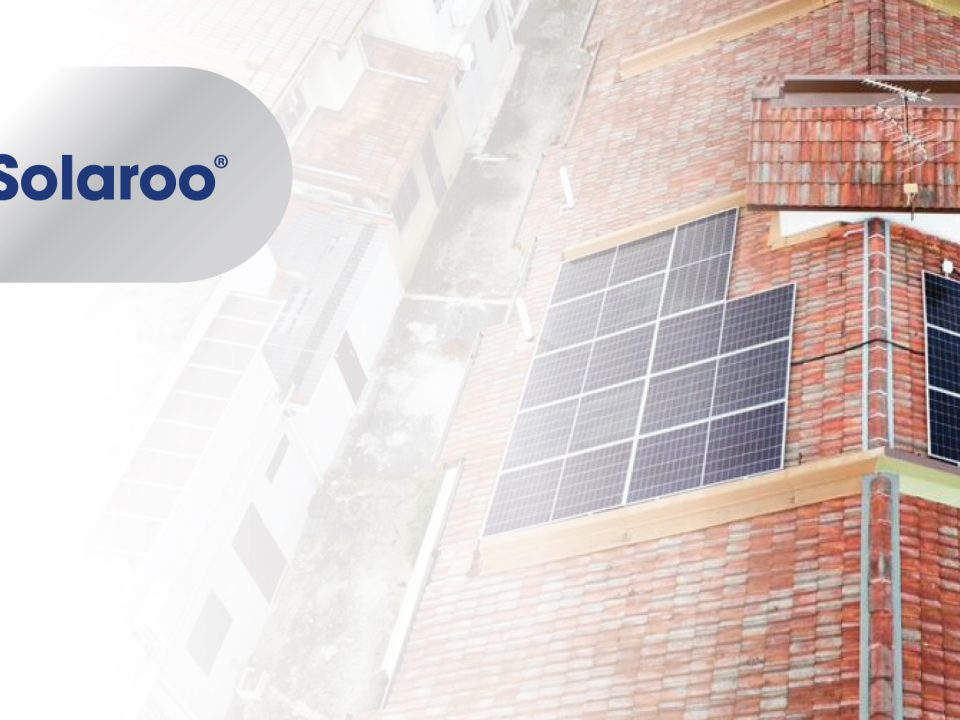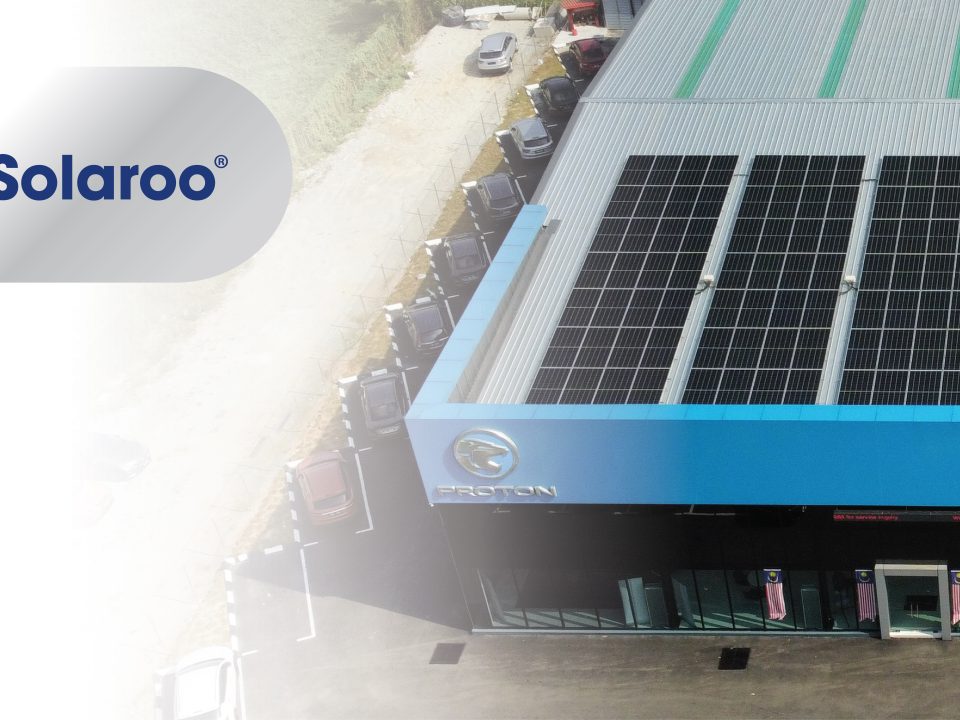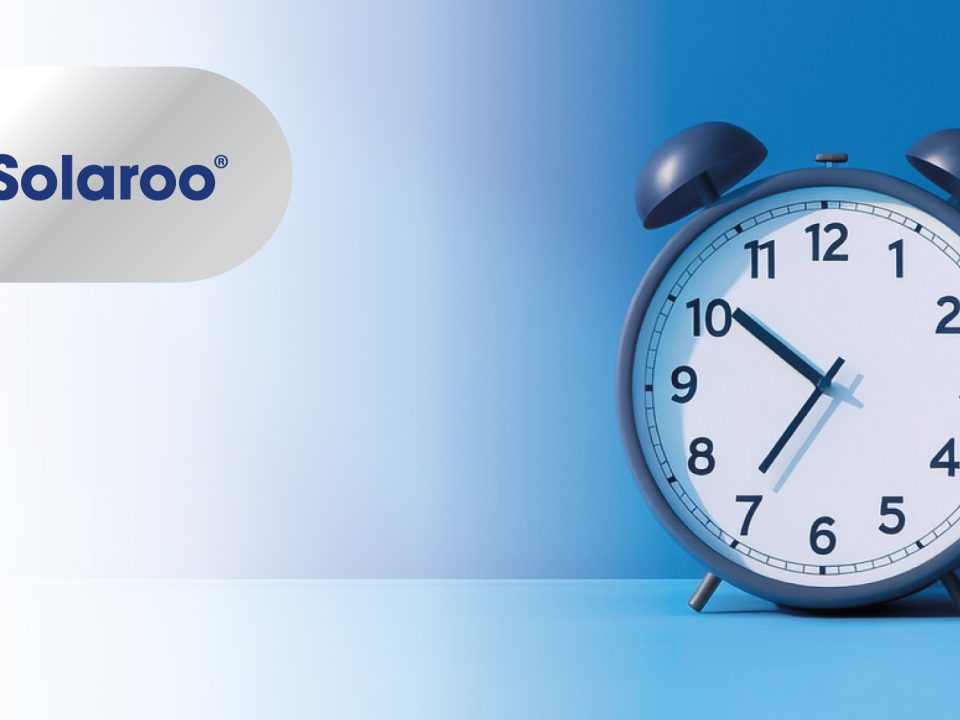
Solar Leasing Made Easy with Solaroo’s Collaboration with Okapi Solar
23rd August 2024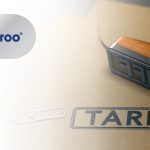
TNB’s New Electricity Tariff (Effective 1 July 2025): What It Means for Your Bill?
18th July 2025As of 18 September 2024, the Malaysian Fire Department has released a “Fire Safety Guide for Rooftop Solar PV Systems” to ensure the safety of rooftop photovoltaic (PV) systems, especially in fire prevention and emergency situations.
Solar energy continues to rise as a preferred source of renewable energy, hence, safety in solar photovoltaic (PV) installations is becoming a critical concern. Particularly, fire hazards associated with rooftop PV systems have prompted the need for enhanced safety measures. Two key technologies are now leading the way in making solar installations safer: rapid shutdown mechanisms and microinverters.
Why Rapid Shutdown Matters
One of the most significant risks in solar PV installations is the presence of DC high-voltage, which remains live even when the system is turned off. In emergency situations, such as a fire, this can pose a severe danger to first responders. Rapid shutdown mechanisms are designed to mitigate these risk by allowing the system to be de-energised quickly. This ensures that no high-voltage electricity is running through the panels or wiring, reducing the risk of electric shock and allowing firefighters to handle the situation safely.
The guidelines from Jabatan Bomba Dan Penyelamat Malaysia (Fire and Rescue Department of Malaysia/Bomba) underscore the importance of rapid shutdown in preventing fires and facilitating safe emergency responses during rooftop PV system installations.
Microinverters: The Safer Inverter Choice
Microinverters are emerging as the new standard in solar PV safety. Unlike traditional string inverters, which handle multiple solar panels at once, microinverters are installed on each panel. This not only improves the performance of the system but also enhances safety by limiting the impact of faults to individual panels.
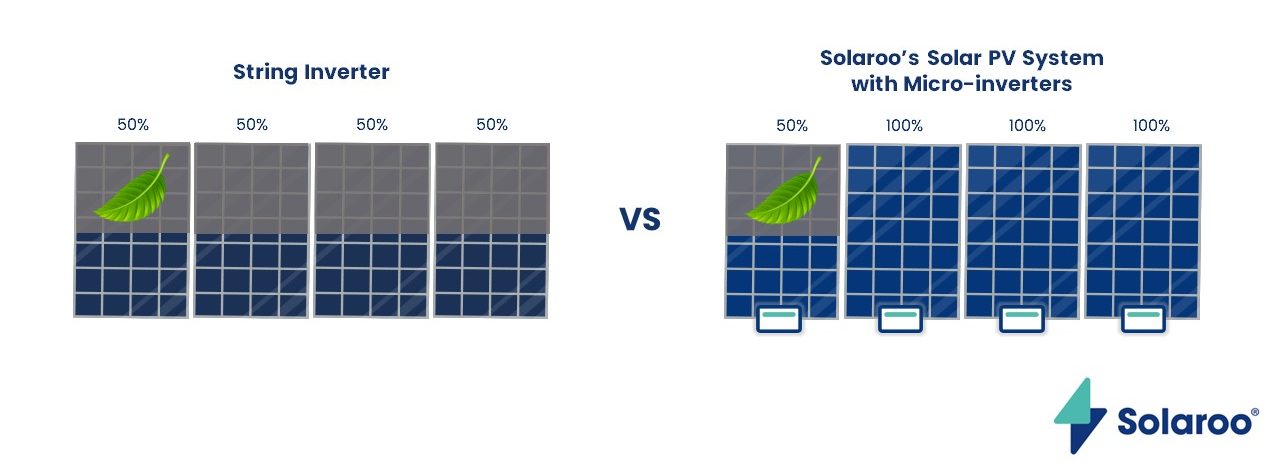
(Above) Solaroo’s microinverter setup, only the affected solar panel’s output is affected when there is shading as compared to the string inverter, the production of the entire PV system is determined by the performance of the panel with the lowest output
In case of a fire or malfunction, microinverters isolate the affected panel, preventing the spread of electrical faults across the system. Moreover, microinverters facilitate rapid shutdown at the panel level, making it easier to deactivate the system and ensure that first responders are not exposed to dangerous DC voltage.
Read more about our microinverter PV system here.
Addressing Fire Hazards in Solar Installations
Despite the reliability of solar PV systems, fire risks do exist, particularly due to the risk of DC arcing and overheating. These issues can arise from poor installation, faulty components, or wear and tear over time. The guidelines emphasize the importance of certified materials and qualified installers to prevent such incidents and ensure the longevity and safety of the system.
Enhancing Solar Safety
As the demand for solar energy grows, safety features like rapid shutdown and microinverters are becoming essential. These technologies not only protect homes and businesses but also safeguard the people who maintain and respond to emergencies involving solar systems.
Incorporating these advancements will elevate the safety standards of solar PV systems and provide peace of mind for both system owners and emergency responders. Solar installations, when equipped with the latest safety measures, offer not just environmental benefits but also enhanced operational safety.

(Above) Illustration showing setbacks for three common types of roofs with coverage of more than 33%, A minimum setback of 1 meter must be provided on both sides of the horizontal ridge.
With this in mind, solar adopters in Malaysia and worldwide should prioritize these features when designing and installing their PV systems to ensure a safer, more resilient energy future.
For the full Fire and Rescue Department of Malaysia (Bomba) guidelines, kindly refer here.

